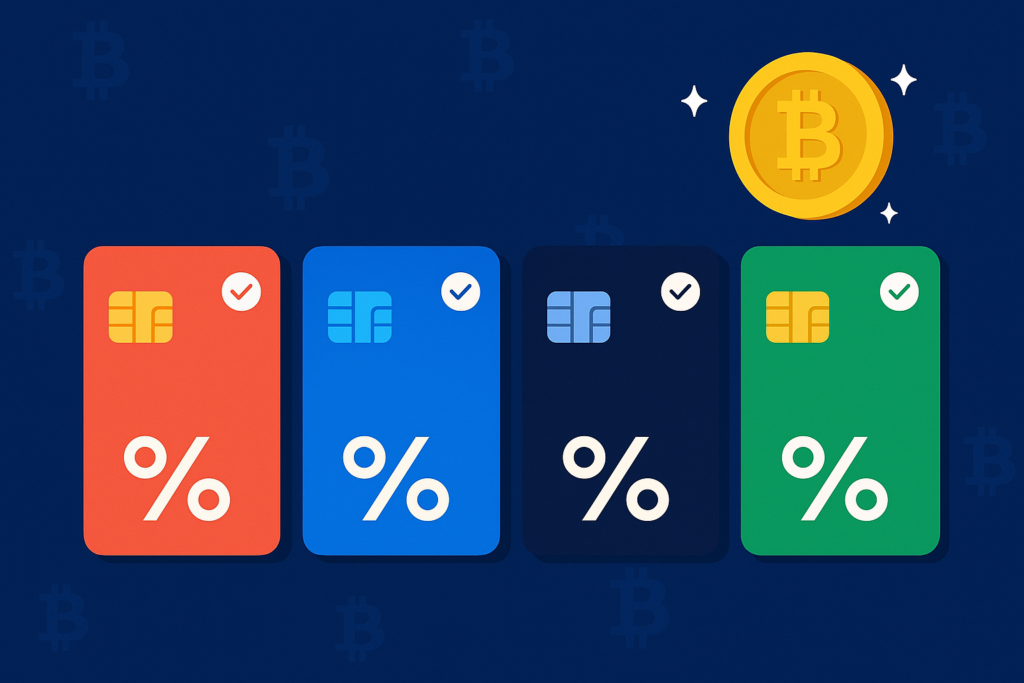With the growing popularity of cryptocurrencies and increasing risks of exchange hacks, hardware wallets have become an essential tool for securing digital assets. Among the top contenders, Ledger and Trezor continue to lead the hardware wallet space in 2025. But which one offers better security, usability, and long-term value?
Let’s dive into a detailed comparison to help you choose the best wallet for your needs.
Overview: Ledger vs. Trezor
Ledger and Trezor are both reputable brands with years of proven security behind them. Ledger is known for its sleek design and proprietary operating system, while Trezor emphasizes transparency through open-source firmware.
- Ledger: Offers the Ledger Nano S Plus and Ledger Nano X, both equipped with a secure element chip.
- Trezor: Offers the Trezor Model One and Trezor Model T, with a focus on usability and open-source firmware.
Security Features
Ledger
- Uses a secure element chip (CC EAL5+) to isolate private keys
- Proprietary BOLOS operating system adds an additional layer of protection
- Supports PIN protection and passphrase
- Ledger Live app includes firmware updates and transaction verification
Trezor
- Uses a standard MCU chip (no secure element)
- Fully open-source firmware, auditable by the community
- Supports Shamir Backup, passphrases, and PIN protection
- Trezor Suite provides transparent transaction management
Winner: Ledger for physical security, Trezor for transparency
Supported Cryptocurrencies
Ledger
- Supports over 5,500 coins and tokens
- Compatible with Ethereum, Bitcoin, Solana, Polkadot, BNB Chain, and more
- Integrates with Ledger Live and third-party apps for broader support
Trezor
- Supports 1,200+ coins and tokens
- Native support for Bitcoin, Ethereum, Litecoin, and ERC-20 tokens
- Third-party integration needed for some assets (e.g., Cardano)
Winner: Ledger for broader asset support
Ease of Use
Ledger
- Clean interface with the Ledger Live app
- Bluetooth support on Ledger Nano X for mobile use
- Requires firmware updates and some third-party tools for less common tokens
Trezor
- Trezor Suite is intuitive and easy to navigate
- Trezor Model T features a color touchscreen
- More beginner-friendly for those just starting with hardware wallets
Winner: Trezor for first-time users
Design and Build Quality
Ledger
- Sleek, USB-stick-like design with stainless steel casing
- Nano X includes a built-in battery and Bluetooth support
- Compact and portable
Trezor
- Plastic casing, bulkier than Ledger
- Trezor Model T features a touchscreen; Model One uses buttons
- Sturdy, but less “premium” feel
Winner: Ledger for modern design; Trezor for functional design
Backup and Recovery
Ledger
- Standard 24-word recovery phrase
- No Shamir Backup
- Option for passphrase encryption
Trezor
- Standard 24-word recovery phrase
- Shamir Backup: split your recovery into multiple shares
- Better backup customization
Winner: Trezor for advanced backup options
Price Comparison
- Ledger Nano S Plus: ~$79
- Ledger Nano X: ~$149
- Trezor Model One: ~$69
- Trezor Model T: ~$219
Trezor offers a more affordable entry point, but the premium Model T is pricier than Ledger’s top-tier model.
Winner: Trezor for budget; Ledger for value
Mobile Compatibility
Ledger
- Nano X offers full mobile support via Bluetooth
- Ledger Live app available on iOS and Android
Trezor
- No mobile app for direct wallet use
- Can connect via web or third-party interfaces
Winner: Ledger for mobile functionality
Final Verdict
Choose Ledger if you:
- Want maximum physical and software-level security
- Need support for a wide variety of coins
- Prefer mobile access and portability
Choose Trezor if you:
- Want open-source transparency and simplicity
- Need advanced backup options like Shamir Backup
- Prefer a touchscreen interface and budget-friendly entry point
Conclusion
Both Ledger and Trezor are excellent choices for securing your crypto. The decision ultimately comes down to your priorities—whether it’s enhanced security, user experience, transparency, or budget.
In 2025, the safest option is not necessarily which wallet you choose, but that you choose one at all. Take your crypto off exchanges and secure it with a hardware wallet. Whether it’s Ledger or Trezor, either will serve you well in protecting your financial future.



